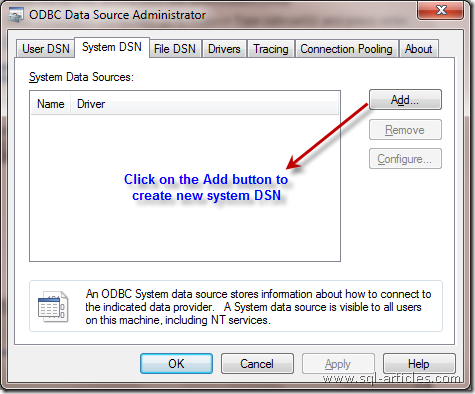Sybase Sql Anywhere 12 Download
Posted : adminOn 1/10/2018Contents • • • • • • History [ ] Originally for platforms in 1987, 's primary product was initially marketed under the name Sybase SQL Server. In 1988, SQL Server for was co-developed for the PC by Sybase,, and. Ashton-Tate divested its interest and Microsoft became the lead partner after porting SQL Server to. Microsoft and Sybase sold and supported the product through version 4.2.1. Sybase released SQL Server 4.2 in 1992. This release included and support for systems. In 1993, the co-development licensing agreement between Microsoft and Sybase ended, and the companies parted ways while continuing to develop their respective versions of the software.
Sybase released SQL Server 10.0, which was part of the System 10 product family, which also included Back-up Server, Open Client/Server APIs, SQL Monitor, SA Companion and OmniSQL Gateway. Sybase provides native low-level programming interfaces to its database server which uses a protocol called. Prior to version 10, DBLIB (DataBase LIBrary) was used.
Write faster and better SQL for your application. SQL Assistant plug-in works with your existing code editor and provides advanced database development and. Download SQL Anywhere Developer Edition. Thank you for your interest in evaluating SQL Anywhere Developer 16.0/17.0. This fully functional version of SQL Anywhere Developer Edition. To install SQL Anywhere for development or evaluation use, your registration is required. Upon completion of your registration you will.

Version 10 and onwards uses CTLIB (ClienT LIBrary). In 1995, Sybase released SQL Server 11.0. Starting with version 11.5 released in 1996, Sybase moved to differentiate its product from by renaming it to Adaptive Server Enterprise. Sybase 11.5 added Asynchronous prefetch, case expression in sql, the optimizer can use a descending index to avoid the need for a worktable and a sort. The Logical Process Manager was added to allow prioritization by assigning execution attributes and engine affinity. In 1998, ASE 11.9.2 was rolled out with support for data pages locking, data rows (row-level locking), distributed joins and improved performance.
Indexes could now be created in descending order on a column, readpast concurrency option and repeatable read transaction isolation were added. A lock timeout option and task-to-engine affinity were added, query optimization is now delayed until a cursor is opened and the values of the variables are known. In 1999, ASE 12.0 was released, providing support for, high availability and distributed transaction management. Merge joins were added, previous all joins were nested loop joins. In additional cache partitions were added to improve performance.

In 2001, ASE 12.5 was released, providing features such as dynamic memory allocation, an container, support for, and. Also added was compressed backups, unichar support and multiple logical page sizes 2K, 4K, 8K, or 16K. In 2005, Sybase released ASE 15.0. It included support for partitioning table rows in a database across individual disk devices, and 'virtual columns' which are computed only when required.
Crush It Gary Vaynerchuk Pdf Merge more. Club Penguin Membership Hack No Downloads Surveys. In ASE 15.0, many parameters that had been static (which required server reboot for the changes to take place) were made dynamic (changes take effect immediately). This improved performance and reduced downtime. For example, one parameter that was made dynamic was the 'tape retention in days' (the number of days that the backup is kept on the tape media without overwriting the existing contents in the production environment).
On January 27, 2010 Sybase release ASE 15.5. It included support for In-Memory and Relaxed-Durability Databases, Distributed transaction management in the shared-disk cluster, faster compression for backups as well as Backup Server Support for the IBM® Tivoli® Storage Manager. Deferred Name Resolution for User-Defined Stored Procedures, FIPS 140-2 Login Password Encryption, Incremental Data Transfer, bigdatetime and bigtime Datatypes and tempdb groups were also added.
In July 2010, Sybase became a wholly owned subsidiary of. On September 13, 2011 Sybase released ASE 15.7 at Techwave. It included support for: New Security features - Application Functionality Configuration Groups, a new threaded kernel, compression for large object (LOB) and regular data, End-to-End CIS Kerberos Authentication, Dual Control of Encryption Keys and Unattended Startup and extension for securing logins, roles, and password management, Login Profiles, ALTER.